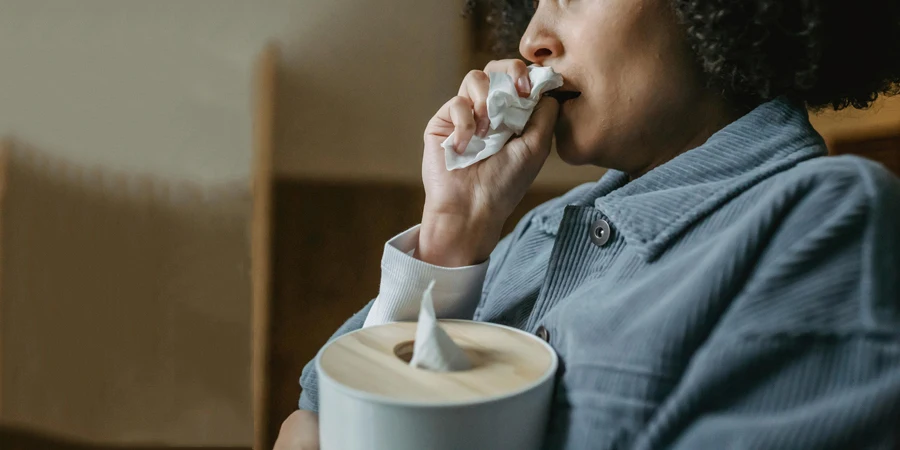Table of Contents
● Introduction
● Market overview
● Key design and material innovations
● Top sellers driving market trends
● Conclusion
Introduction
Tissue boxes have transcended their status as simple household staples to become pivotal elements in home decor, influenced by both aesthetic enhancements and functional advancements. Today’s market offers a range of materials, including sustainable bamboo and elegant marble, transforming these everyday items to meet diverse tastes and environmental standards. As the industry grows, leading brands are continuously innovating, creating designs that combine utility with style. Consumer demand is increasingly leaning towards personalized and eco-friendly products, positioning tissue boxes not just as functional items but as central features in home styling. This shift highlights a broader movement within home accessories, where functionality merges seamlessly with fashion. The evolving landscape of tissue box design not only boosts the aesthetic quality of living spaces but also propels the market towards more innovative and sustainable manufacturing practices. This transformation indicates a significant shift in how tissue boxes are perceived and used in modern homes, reflecting changing consumer values and a deeper appreciation for thoughtful design in everyday products.
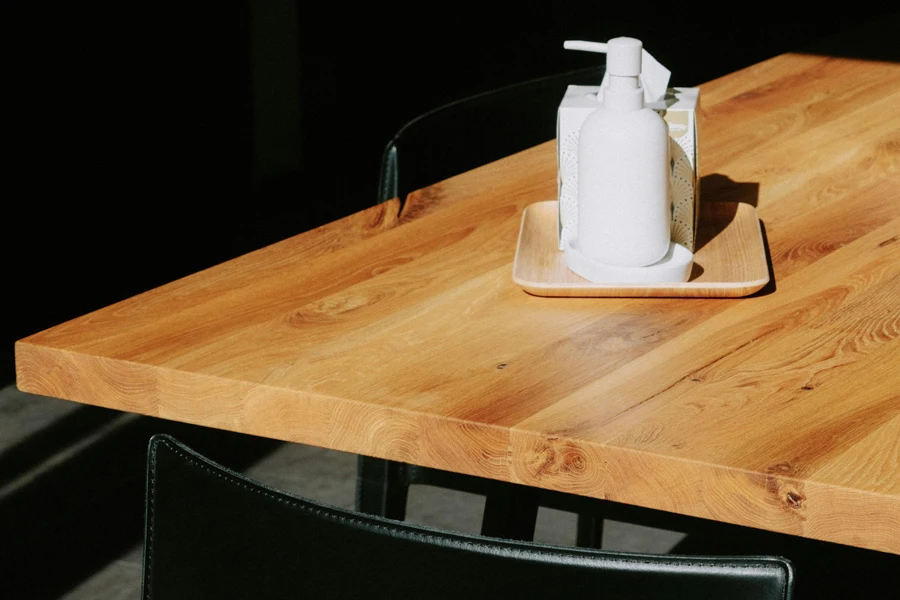
Market overview
The tissue box market, a segment of the tissue paper industry, is experiencing notable growth globally. According to Fortune Business Insights, the market was valued at $85.81 billion in 2023 and is expected to reach $154.54 billion by 2032, with a compound annual growth rate (CAGR) of 6.85%. This expansion is primarily fueled by a heightened awareness of hygiene practices in both household and commercial settings, leading to increased demand for various tissue products.
Market leaders focus on innovation and sustainability in this competitive landscape to capture market share. Companies prioritize eco-friendly products, incorporating recycled materials to appeal to environmentally conscious consumers. For instance, insights from Google Trends indicate that searches for “recycled tissue products” have surged by 20% in the past year alone. Additionally, consumer preferences for premium, design-forward products shape product development and marketing strategies. The shift towards eco-friendly options is reflected in the market’s growth, with sustainable tissue products accounting for 30% of total market sales, as indicated by recent market analysis from Fortune Business Insights. This trend drives companies to innovate in product design and materials, highlighting the importance of adaptability in meeting evolving consumer demands. The tissue box market’s evolution mirrors broader trends towards sustainable consumption as consumers seek environmentally friendly options.
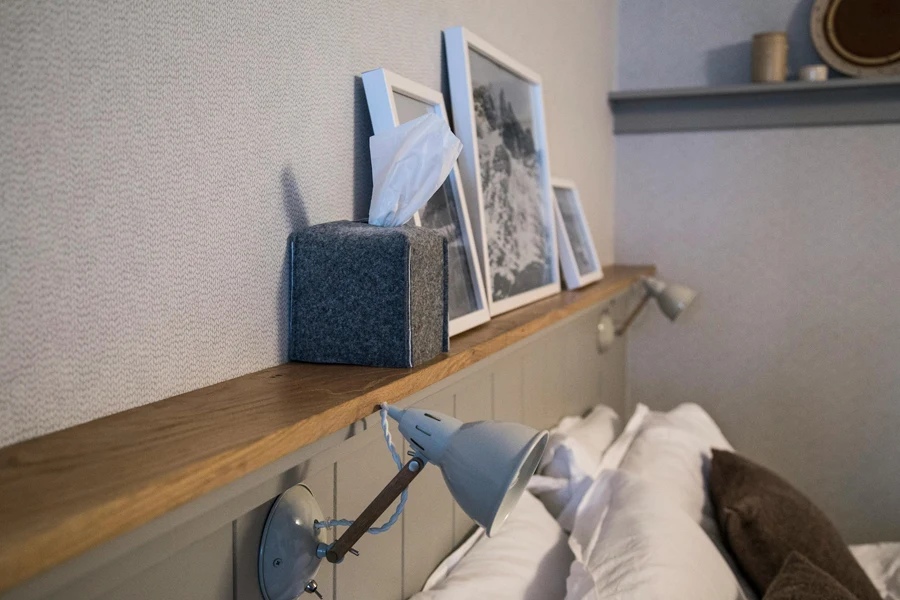
Key design and material innovations
Stylistic and sustainable transformation
The transformation of tissue boxes from functional objects into designer holders signifies a notable evolution in the consumer goods sector. Initially regarded as utilitarian essentials, tissue boxes have undergone a stylistic revolution driven by aesthetic demands and a growing awareness of environmental sustainability. This shift caters to the desire for visually appealing products and aligns with the broader trend of integrating eco-friendly practices into everyday household items.
Elevating interiors with sustainable elegance
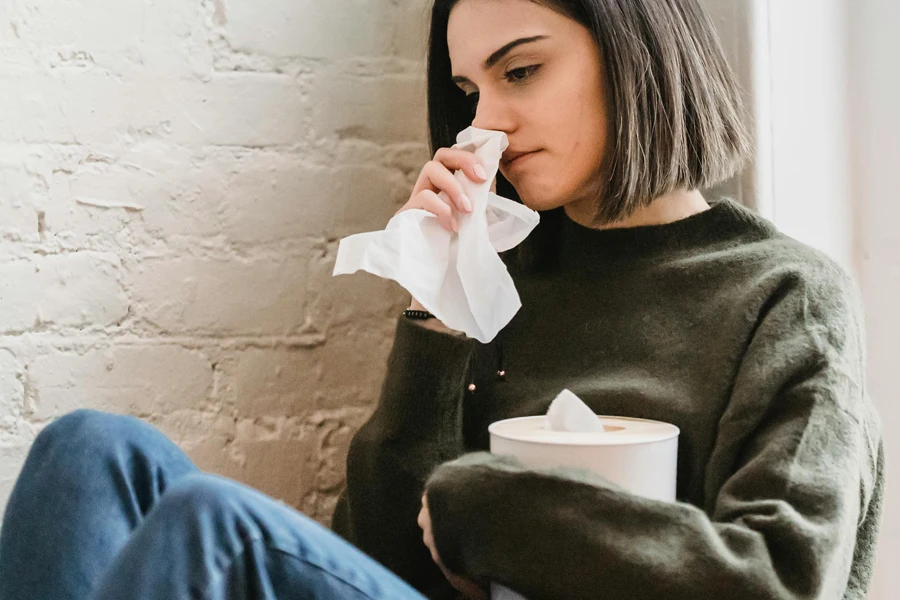
The introduction of high-end materials such as marble, wood, and recycled composites marks a pivotal shift in the design of tissue boxes. With its durable and luxurious appeal, Marble has become a popular choice for those looking to add a touch of elegance to their living spaces. As noted by Design Dekko, marble tissue boxes offer a unique combination of style and sustainability, with each piece featuring a distinct veining that enhances its aesthetic value while being completely natural. Similarly, wood brings a warm, organic feel to interiors and, when sourced sustainably, serves as an eco-friendly alternative to synthetic materials. The use of recycled composites further reflects a commitment to environmental responsibility, turning waste materials into beautifully crafted products that consumers can feel good about purchasing.
Innovations in tissue Box Design
Technological advancements in tissue dispensing have also contributed significantly to the market’s evolution. Modern tissue boxes are equipped with features designed to enhance user convenience and hygiene—a response to the heightened consumer expectations of today. Innovations such as moisture-resistant coatings and one-touch dispensing mechanisms have made tissue boxes more practical and hygienic, ensuring that tissues remain dry and accessible without the need for direct contact with the box itself. These technological enhancements, combined with the use of sustainable materials, signify a broader movement within the industry towards products that are not only functional but also environmentally conscious and aesthetically pleasing. This trend is likely to continue as consumers increasingly seek out products that align with their values of sustainability and style, driving further innovations in design and functionality.
Biophilic elements
As the market for tissue boxes continues to evolve, it is clear that these everyday objects will play an increasingly significant role in expressing personal style and environmental values in modern interiors. The continued integration of innovative materials and technology promises to elevate the humble tissue box from a simple household item to a statement piece in home decor, reflecting broader consumer trends and preferences in an ever-more environmentally conscious market.
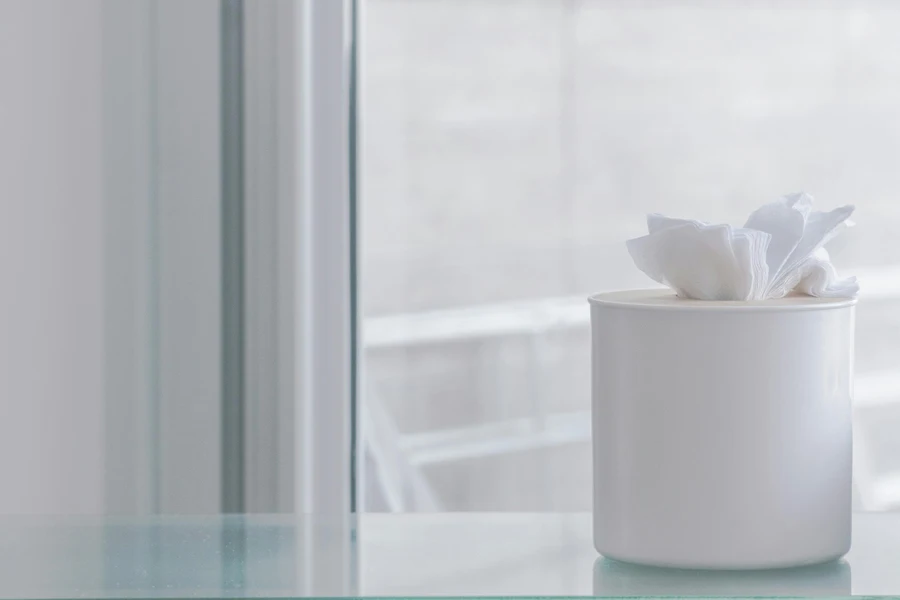
Top sellers driving market trends
Trendy tissue boxes
The tissue box market has undergone dynamic transformations, driven by leading companies that expertly blend innovative designs with strategic market approaches to meet evolving consumer demands. Notable brands such as Kimberly-Clark and Puffs, a subsidiary of Procter & Gamble, have established themselves as frontrunners in this sector. Kimberly-Clark’s Kleenex brand is particularly celebrated for its dual focus on functionality and aesthetic appeal. Their product range effectively meets the practical needs of consumers while also complementing contemporary home decor styles, making them a staple in households worldwide. Similarly, Puffs has carved out a niche by emphasizing the softness and dermatological advantages of their products, catering especially to consumers with sensitive skin or allergies, thereby enhancing their market presence.
Case study
A detailed case study of Kimberly-Clark’s strategic marketing efforts showcases their commitment to continuous product innovation and targeted marketing campaigns. The company’s introduction of lotion-infused tissues under the Kleenex brand was a strategic response to consumer feedback, which highlighted a need for gentler products during the cold and flu seasons. This innovation was not just about meeting consumer needs but was positioned as a unique selling proposition, promoting added lotion for enhanced comfort. Supported by robust marketing strategies, this move significantly increased sales volumes and reinforced consumer loyalty, demonstrating the impact of responsive product development combined with strategic marketing.
Elegant tissue boxes
Consumer preferences significantly influence the design and functionality of tissue boxes. Insights from Design Dekko highlight a growing consumer trend towards products that not only fulfill a functional role but also add aesthetic value to the living spaces. This is reflected in the popularity of elegantly designed products such as the Violet Bayrose Romance and the Robbin Bird Park tissue holders. These products feature distinctive designs that not only serve practical purposes but also enhance the decor of specific rooms, thereby emphasizing the importance of visual appeal in product selection. The success of these designs indicates a clear consumer preference for items that are both utilitarian and decorative.
Eco-friendly and stylish tissue boxes
Environmental sustainability has emerged as a pivotal factor in shaping consumer choices, prompting companies to innovate using eco-friendly materials and sustainable production processes. The industry-wide shift towards sustainable products is now a significant movement, with companies like Kimberly-Clark and Puffs integrating eco-conscious strategies into their product development. These companies are increasingly utilizing recycled materials and reducing plastic in their packaging, which aligns with the growing consumer demand for environmentally responsible products.
Future trends in tissue box design
As the tissue box market evolves, the emphasis on integrating style, sustainability, and functionality is expected to grow stronger. Leading companies in the sector must continue to innovate and adapt their offerings to align with the sophisticated demands of modern consumers. This proactive approach is essential not only for maintaining market leadership but also for driving the industry towards more sustainable and consumer-friendly practices. This ongoing commitment to innovation and sustainability is poised to shape the future of the tissue box market, ensuring that it remains relevant and responsive to the needs of consumers around the globe.
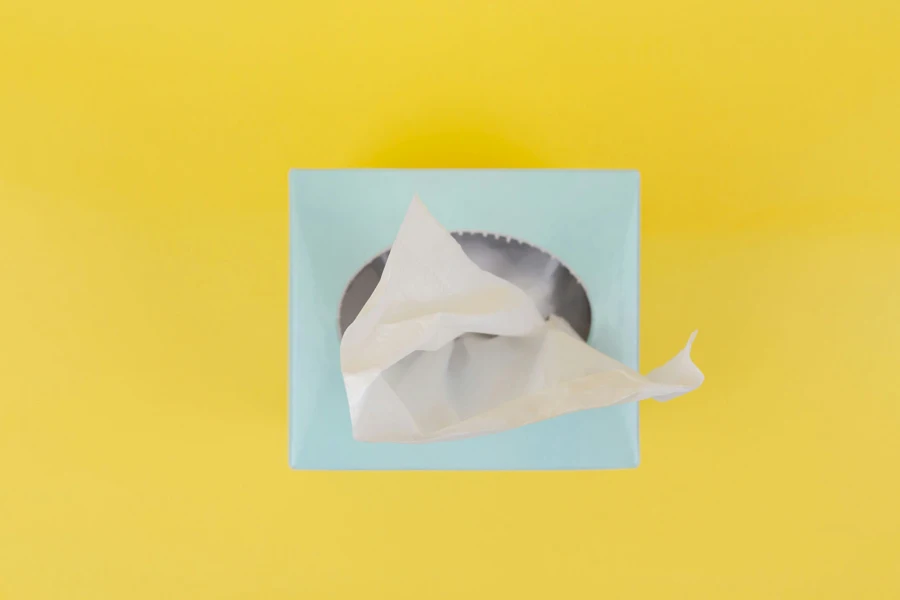
Conclusion
The evolution of tissue boxes from basic utility items to stylish interior elements has been marked by significant innovations in both design and functionality. Key findings highlight a transition toward the use of premium materials like marble and wood, which not only cater to aesthetic preferences but also advance sustainability efforts. Technological enhancements have further transformed tissue boxes into more user-friendly and hygienic solutions, meeting the modern consumer’s demands for products that combine convenience with style. Looking ahead, the tissue box market is poised for continued innovation, particularly in the areas of sustainable materials and smart dispensing technologies. As environmental considerations become increasingly important to consumers, manufacturers will likely invest more in eco-friendly materials and methods. Furthermore, the role of tissue boxes in home decor is expected to grow, with designs becoming more integral to interior styling. This trend suggests that tissue boxes will not only continue to serve a functional purpose but will also play a key role in home aesthetics, reflecting broader lifestyle and environmental values.
